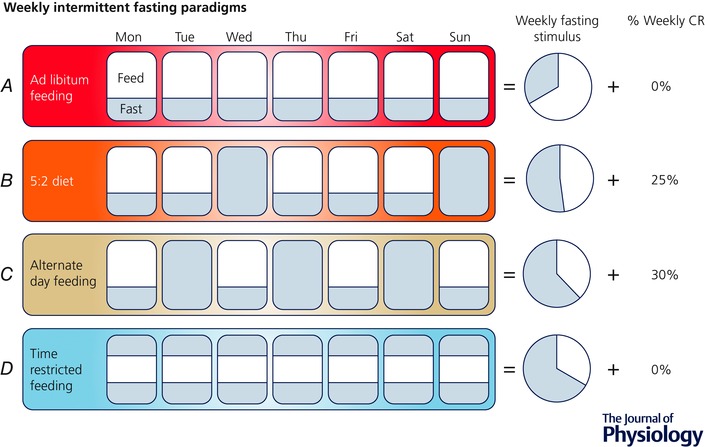Figure 4. Overview of popular intermittent fasting paradigms.

Compared with daily ad libitum feeding (A), the 5:2 diet (B) involves eating ad libitum 5 days of the week and fasting or restricting food intake for two days; this results in an increased fasting stimulus vs. ad libitum intake, but a net reduction in caloric intake over the long‐term. Alternate day feeding (C) involves alternating between days of normal feeding and days of either complete dietary restriction or minimal food intake; this paradigm results in an even greater fasting stimulus, but, as with the 5:2 approach, is associated with long‐term CR that may be particularly detrimental to normal weight older adults. Time restricted feeding (D) may represent the most practical strategy for normal weight older adults in that it allows one to consume all of the required calories within a condensed daily feeding window (e.g. 8 h), resulting in the greatest fasting stimulus without a net reduction in calorie intake.
